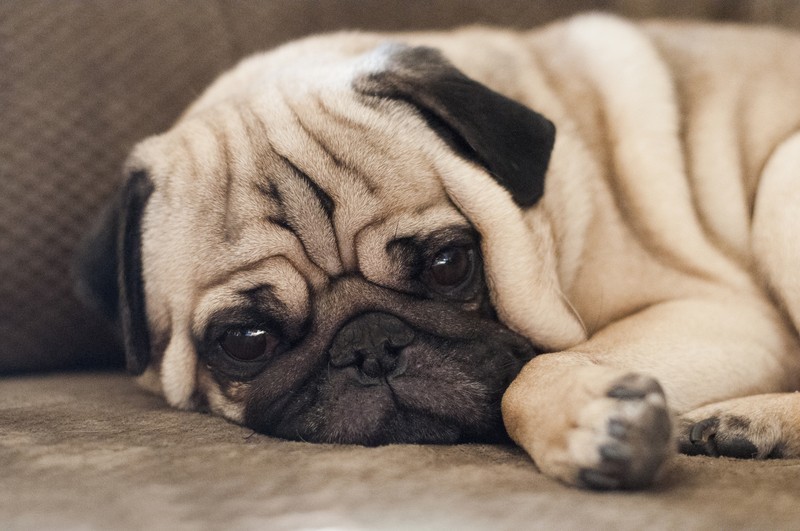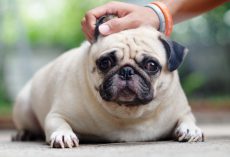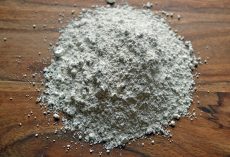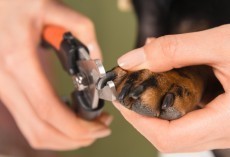There are things a dog owner needs to know about fatty tumors, including it's important to be certain that it is, indeed, what your dog has!
If your dog’s diagnosis was made on the basis of a physical exam only, then the diagnosis is actually only an educated guess. Although a veterinarian may have a lot of experience seeing lumps and bumps, only a biopsy of the lump tissue can provide a definitive diagnosis. Some veterinarians prefer to perform first a fine needle aspirate of the lump in which a tiny needle is inserted into the lump to take a sample for evaluation. An aspirate can be performed without anesthesia and is relatively painless. The problem with fine needle aspirate results is that they can give false readings that do not reflect a true representation of the lump’s characteristics.
In other words, the only real way to make a decisive judgment regarding the fatty lump is to have it removed for a proper assessment.
Thank you to Dog Time for this terrific piece of information and also, the relief it has given countless dog owners who might, like us, “freak out” at the sight of such a lump!










Amy Gray
- Edit
David Zambo
Anne Washburn
- Edit
Dwayne Washburn
Josh Mathews
- Edit
One of our girls develoved a mast cell tumor that was cancer about 8 months ago. We had it removed and as of 2 months ago she has 2 more lumps and has been on Prednisone everyday trying to shrink them.
Jane Carrillo
- Edit
hilarious and funny
Heather Holland
- Edit
Aaron Holland made an appt with Dr. Dan Nov 18th @ 9:00 am.
Regina Pokropski
- Edit
Good information
Brenda Buchanan
- Edit
Awww so sweet.